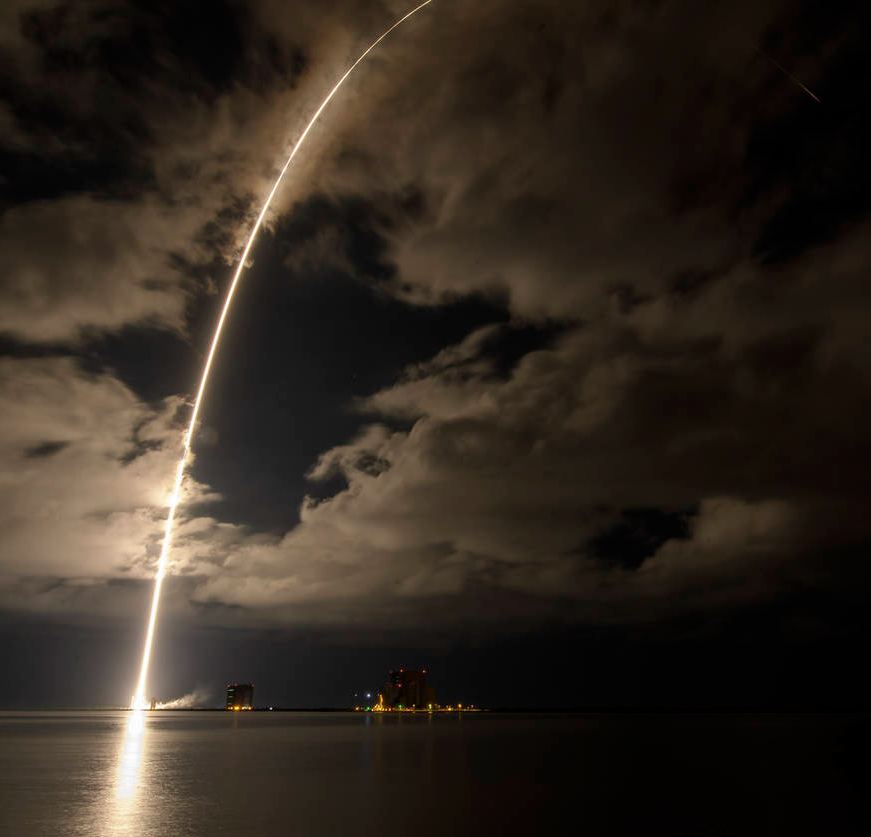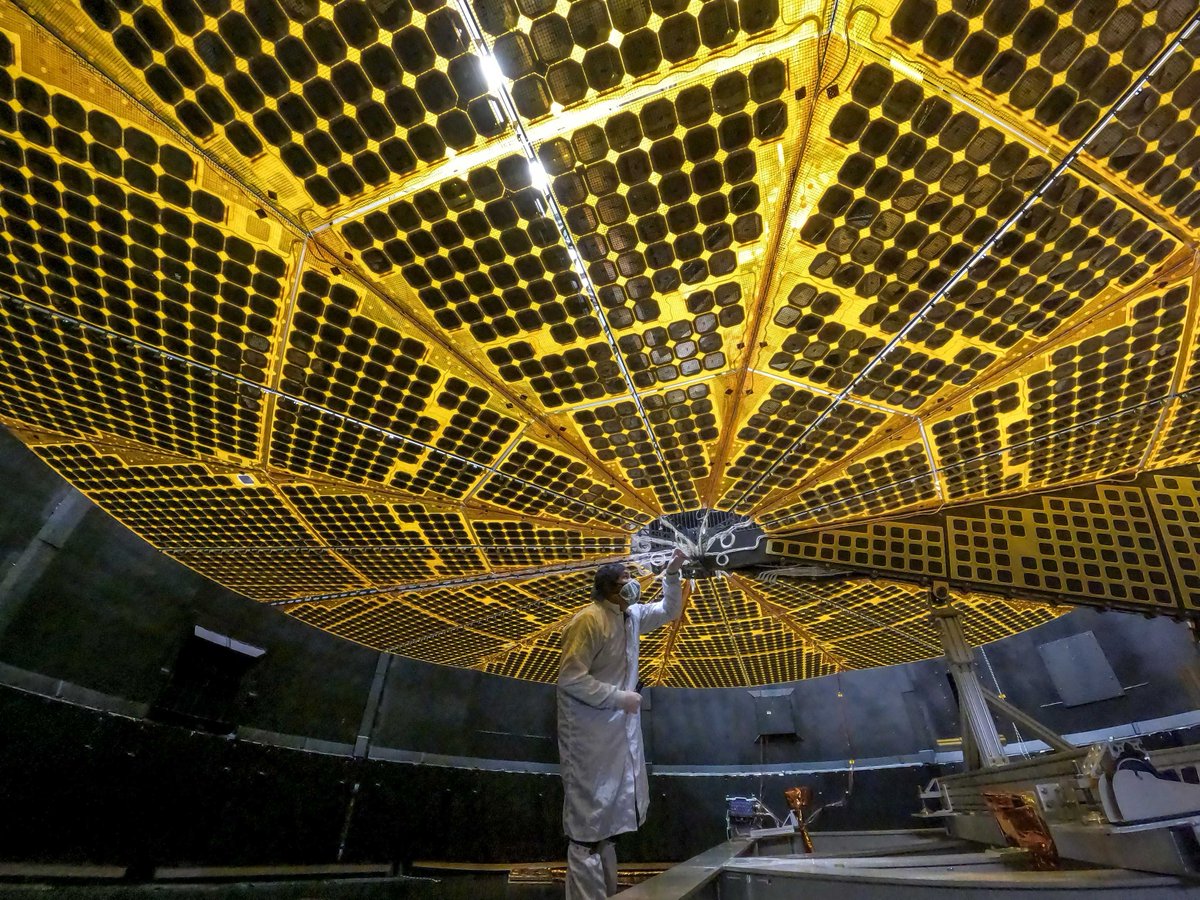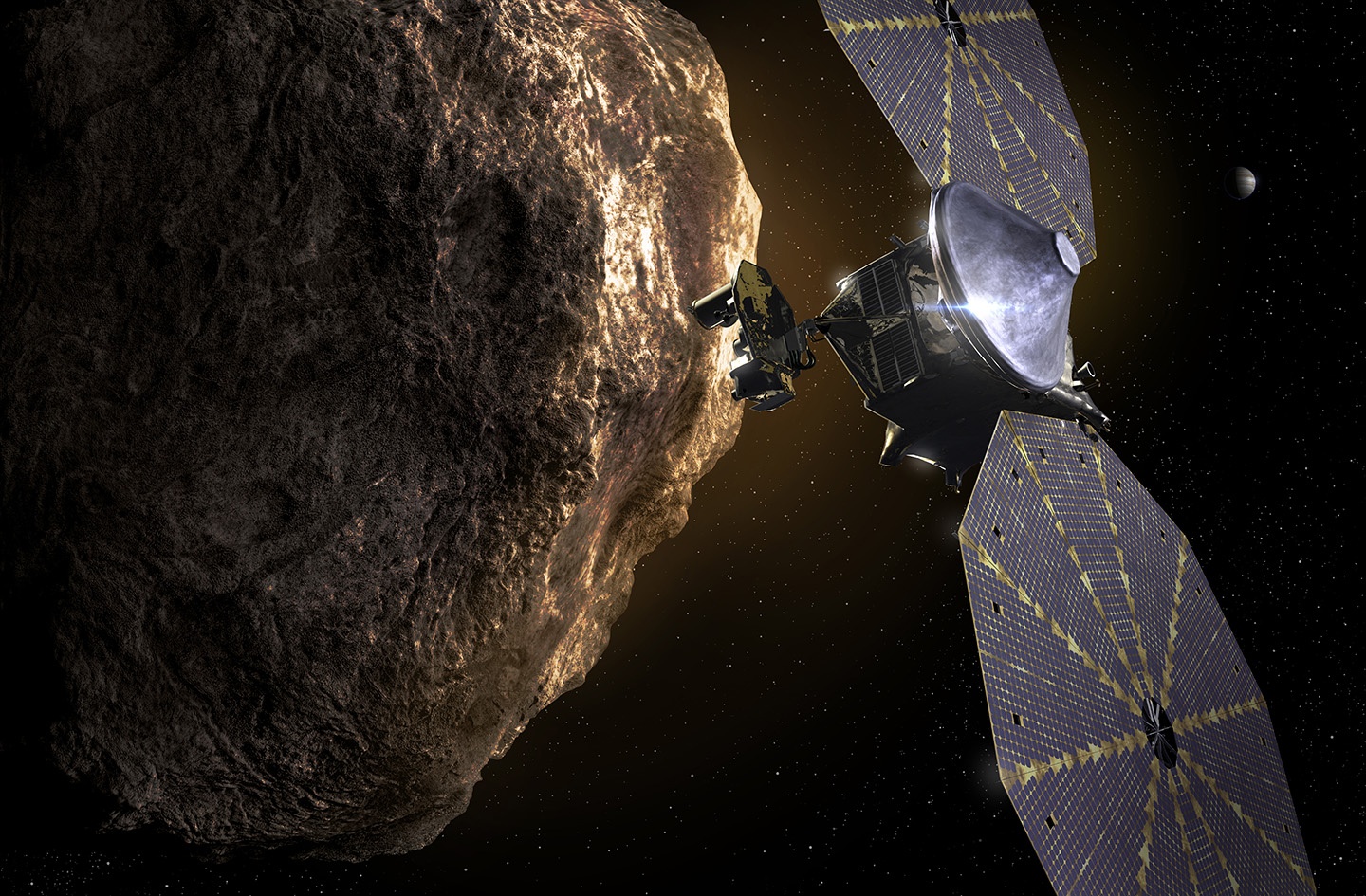Getting a mission to the point of officially being accepted for launch is an ordeal. However, even when they aren’t selected for implementation, their ideas, and in some cases, their technologies, can live on in other missions. That was the case for the Oversize Kite-craft for Exploration and AstroNautics in the Outer Solar system (OKEANOS) project, originally planned as a Japanese Aerospace Exploration Agency (JAXA) mission. Despite not receiving funding to complete its entire mission, the project team released a paper that details the original plan for the mission, and some of those plans were incorporated into other missions that are still under development.
Continue reading “OKEANOS – A Mission That Would Have Retrurned Samples From the Trojan Asteroids”An Asteroid Found Sharing the Orbit of Mars
Astronomers discovered another asteroid sharing Mars’ orbit. These types of asteroids are called trojans, and they orbit in two clumps, one ahead of and one behind the planet. But the origins of the Mars trojans are unclear.
Can this new discovery help explain where they came from?
Continue reading “An Asteroid Found Sharing the Orbit of Mars”Lucy Took This Picture of Earth as it was Making its Gravity Assist Maneuver

We may take it for granted, but every day we receive picture postcards from the robotic travelers we have sent out to explore our Solar System. Usually, we get to see faraway planets, moons, asteroids, or comets. But sometimes we get to see ourselves.
The Lucy spacecraft took a couple of amazing images of our home planet as the spacecraft was approaching Earth for the first of three slingshot gravity assists on its way out to explore the Trojan asteroids along Jupiter’s orbit.
Continue reading “Lucy Took This Picture of Earth as it was Making its Gravity Assist Maneuver”NASA is Ready to try and fix Lucy’s Unlatched Solar Panel
NASA’s Lucy spacecraft, currently on its way to the outer Solar System to study Jupiter’s Trojan asteroids, has a solar panel problem. Shortly after its launch last October, engineers determined that one of Lucy’s two solar panels failed to open completely. While the spacecraft has enough power to function, the team is concerned about how the unlatched panel might hinder Lucy’s performance going forward. In an attempt to fix the problem, the team will carry out a new procedure next month that is designed to unfurl the solar panel the rest of the way, and latch it firmly in place.
Continue reading “NASA is Ready to try and fix Lucy’s Unlatched Solar Panel”Astronomers Lined up Under an Asteroid’s Shadow to Measure its Size Precisely
Astronomers will go to great lengths for science. Recently, dozens of astronomers had the misfortune of traveling to one of the most tempting locales in the southwestern US – Las Vegas. But they weren’t there for the city’s bright lights – they were there to observe a very dim light of a star thousands of light-years away. And what they specifically wanted to see was the light from that star blink out for a few seconds. That lack of light provided the exact kind of data they needed to help them determine the size of Eurybates, one of the Trojan asteroids that will be the focal point of NASA’s Lucy mission.
Continue reading “Astronomers Lined up Under an Asteroid’s Shadow to Measure its Size Precisely”Lucy is off to Visit Jupiter’s Trojan Asteroids

NASA’s Lucy spacecraft is on its way. The spacecraft was launched into space on Saturday, October 16th on an Atlas 5 rocket. Its primary target is Jupiter’s Trojan asteroids.
Continue reading “Lucy is off to Visit Jupiter’s Trojan Asteroids”NASA’s Mission to Visit 8 Asteroids, Lucy, Launches on October 16th

An early morning launch is planned for the Lucy spacecraft, the first space mission to study Jupiter’s Trojan asteroids. Tomorrow, October 16 at 5:34 a.m. EDT is the first day and time in Lucy’s 21-day launch window, and current weather conditions show a 90% chance of favorable conditions for liftoff from Cape Canaveral Space Force Station in Florida. The launch window remains open for 75 minutes.
Lucy will embark on a 12-year mission to explore the “fossils of planet formation,” Jupiter’s Trojan asteroid swarms. This mission provides the first opportunity to observe these intriguing objects close-up.
Continue reading “NASA’s Mission to Visit 8 Asteroids, Lucy, Launches on October 16th”Trojan Mission Lucy Tested its Solar Panels for the First Time. Those Things are Huge
Space missions often have to go where the sun don’t shine. Or at least where it shines very faintly. That is particularly important if the mission draws its power from the sun. Luckily, engineers have a way of dealing with that problem – just make really really big solar panels. That is exactly what they did for Lucy, a mission to visit the Trojan asteroids around Jupiter. Those sails have now been tested on the ground, and they are magnificent.
Continue reading “Trojan Mission Lucy Tested its Solar Panels for the First Time. Those Things are Huge”Jupiter has Added a Comet to its Trojan Collection

Jupiter is notorious for capturing objects that venture too close to the gas giant and its enormous pull of gravity. Asteroids known as Jupiter Trojans are a large group of space rocks that have been snared by the planet, which usually remain in a stable orbit near one of the Jupiter’s Lagrangian points.
But now, the Hubble Space Telescope has spotted a comet near Jupiter’s Trojan asteroid population. This is the first time a comet has been found in this region, and the team of scientists studying the object – named P/2019 LD2 (LD2) – think the unexpected comet is only a temporary visitor.
Continue reading “Jupiter has Added a Comet to its Trojan Collection”Jupiter’s Trojan Asteroids Offer Surprises Even Before NASA’s Lucy Mission has a Chance to Visit Them.
A new study out this month suggests that Jupiter’s Trojan asteroids may be more peculiar than previously thought. The Trojan asteroids are rocky objects which orbit the Sun just ahead of and just behind the gas giant, in gravitational sweet spots known as Lagrange points. The swarm ahead of Jupiter, known as the L4 (Greek) group, is slightly larger than the L5 (Trojan) swarm behind, but until now, astronomers believed that there was otherwise little differentiation between the two swarms. The paper released this month appears to change that.
Continue reading “Jupiter’s Trojan Asteroids Offer Surprises Even Before NASA’s Lucy Mission has a Chance to Visit Them.”





